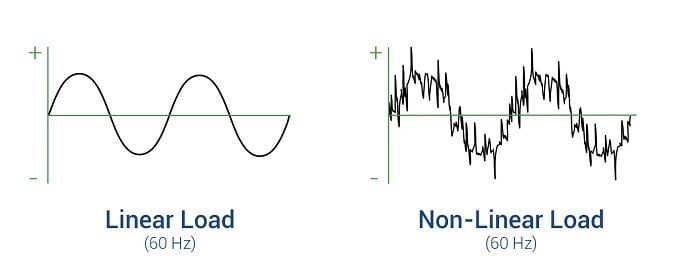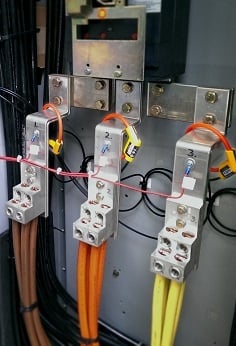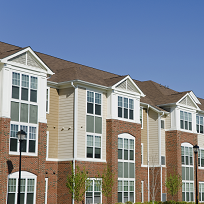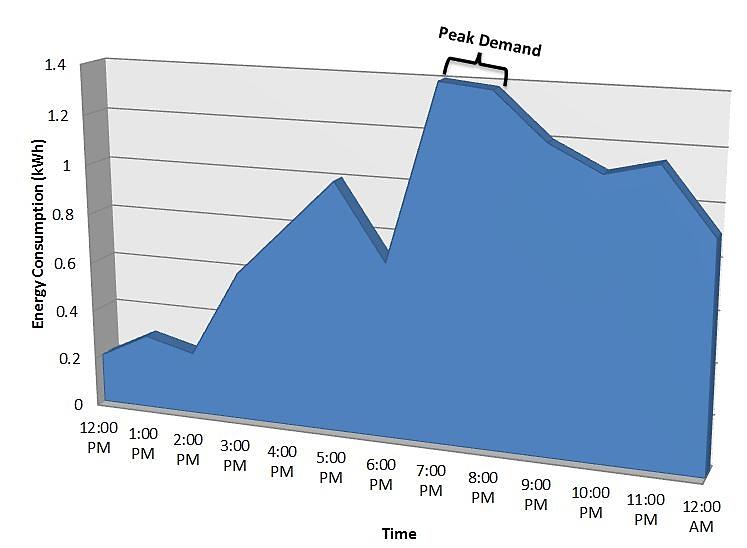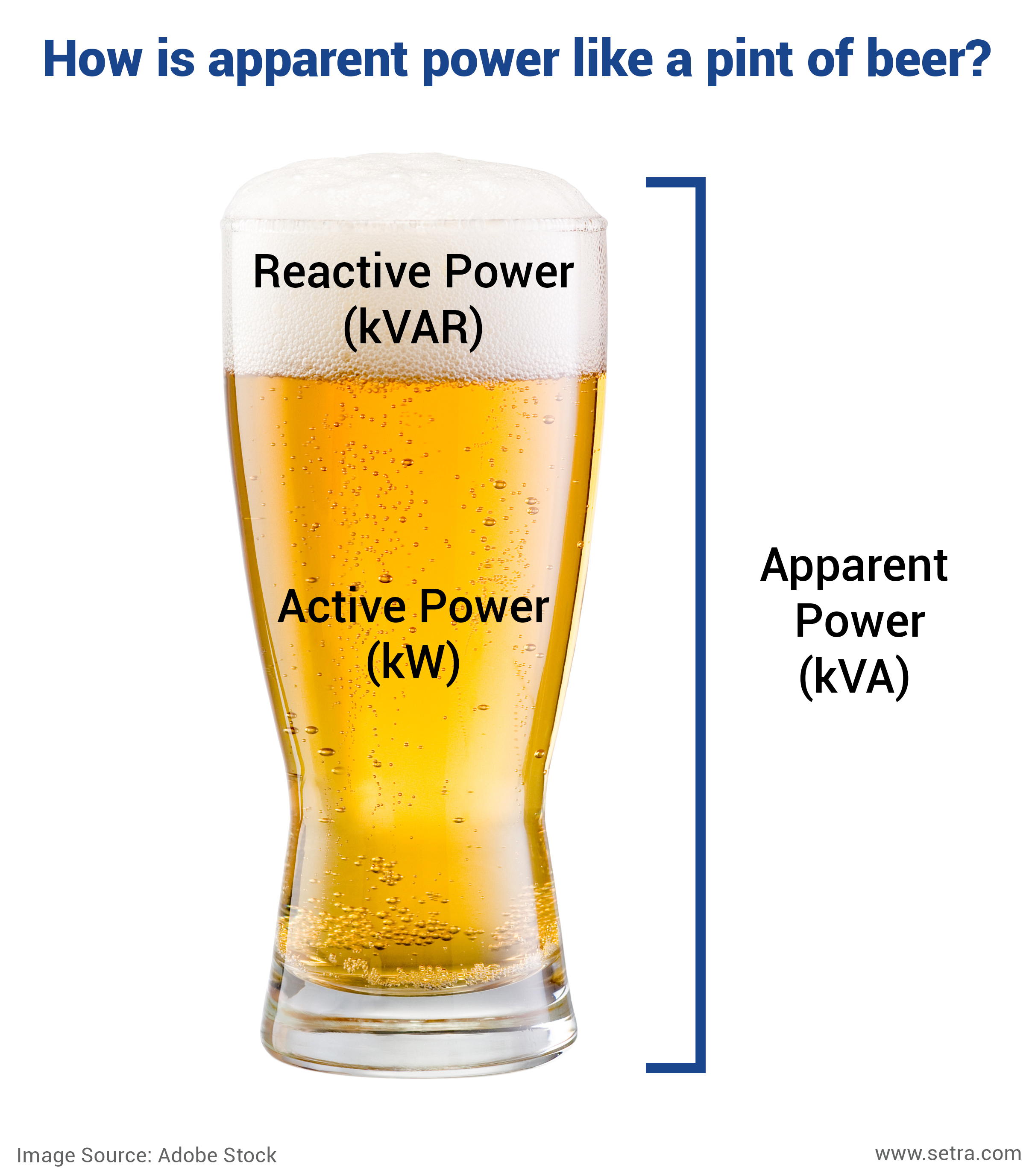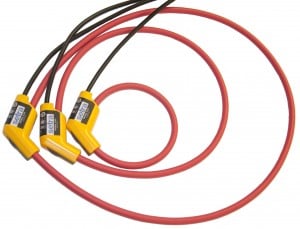LEED, the Leadership in Energy and Environmental Design, is the largest driving force behind the increased development of green buildings in the world. One of the most important factors that LEED uses in their certification process is energy consumption and the owner’s ability to track usage and identify potential savings. While most conventional buildings have simple meters provided by the utility company for billing purposes, the advanced standards for LEED certification require more robust and more precise monitoring capability.
Setra Blog
Imagine a tone being played by two musical instruments - let’s say middle C (261.63 Hz). While the pitch played on a piano may be the same as on an electric guitar, its timbre is very different. The sound wave generated from a piano or a simple synthesizer is relatively simple and clean, but the sound wave coming from an electric guitar is often very distorted for effect and contains natural harmonic overtones.
Understanding specific job requirements, such as performance, installation, amperage load and environmental factors is critical to selecting the proper current transformer for an application. Conventional current transformers (CTs) come with their limitations as they are difficult to install and are lacking in performance and measurement range. Rogowski coils have significant advantages with regards to installation, cost and performance.
Submetering is the installation of metering devices with the ability to measure energy usage after the primary utility meter. Submetering offers the ability to monitor energy usage for individual tenants, departments, pieces of equipment or other loads individually to account for their actual energy usage. With submetering, a clear and accurate picture of how and when energy is being consumed inside a facility is created.
The Internet of Things (IoT) is changing the way people run their homes. More and more devices are becoming available to consumers that allow them to automate their thermostats and regulate their power consumption, often-times controlling these systems from the phone in their pocket. Products like the Nest thermostat and the Sense home energy monitor provide homeowners convenient tools that also help save utility costs.
Building Automation
In commercial and industrial buildings, there are similar (albeit far more robust) systems and protocols used for the same purposes called building automation. Building automation is the automatic and centralized control of a building’s heating, ventilation, air conditioning, security, electrical, and other systems through a Building Automation System (BAS).
Looking at your electric bill can be a daunting task. There are many factors that can affect your bill’s total — factors that are only amplified in large commercial and industrial sites.
One such consideration is peak demand. Peak demand is the largest instance of power usage in a given time frame, typically a rolling fifteen minute window. Measured in kilowatts (kW), peak demand is different than consumption. Total consumption is measured in kilowatt hours (kWh) over a given period of time (e.g. monthly, quarterly, etc.).
Power factor is a measure of how effectively electrical power is being used. It is defined as the ratio of real power (the power that actually performs work, measured in watts) to apparent power (the total power supplied to the circuit, measured in volt-amperes).
The power flowing through an alternating current (AC) load isn’t always pulling its full weight. Every AC circuit has some degree of non-working power as part of its total power reading and this can affect the amount of power a system is truly drawing.
Many electricians and contractors are moving towards using Rogowski Coils because of the time saved during installation and the reduced shipping costs for high amperage requirements. Because of the size, weight and flexibility of a Rogowski Coil, installers can save significant time and labor because of the ease of surrounding conductors of all sizes. However, what most people don’t realize is that Rogowski Coils have many technical advantages over standard split-core or “donut” CT’s which can help improve monitoring energy in different applications.
Thank you to all who visited us at Booth C1452 in the Building Automation and Controls section of the AHR Expo this year in Las Vegas, Nevada! We enjoyed seeing both new and familar faces! The world's largest HVACR event was anything but boring and we think the 60,000 attendees would have to agree.
Operating Rooms consume a great deal of energy, considering the high airflow requirements needed, bright lighting, and significant plug load from patient care equipment. There are, however, strategies to conserve energy and still meet the stringent safety requirements of maintaining positive room pressure. Two conditions need to be met to enable OR energy savings. The first is a method to trigger occupied and unoccupied states. And the second is to act on that state change to setback both temperature and airflow.
Subscribe to Our Blog!
Topics
- Critical Environments (182)
- HVAC/R (179)
- General Industrial (153)
- Building Automation (134)
- General Industrial OEM (92)
- Energy Management (85)
- Test and Measurement (66)
- HVAC/R OEM (58)
- Barometric (44)
- Alternative Fuels (42)
- Medical (40)
- Process/Mfg Tank Level (40)
- Water and Wastewater (39)
- OHV (38)
- Oil and Gas (35)
- Industrial Vacuum (29)
- Calibration (25)
- Semiconductor (25)
- Particle Counting (20)
- Cleanroom Monitoring (17)
- Room Pressure Monitoring (16)
- Trade Show (12)
- cleanroom environment (12)
- Scales (11)
- Environmental Monitoring (10)
- Power Monitoring (10)
- Healthcare (9)
- Power Meters (9)
- Software (9)
- cleanroom monitoring systems (9)
- Case Study (8)
- critical environment technologies (8)
- data centers (8)
- Humidity (7)
- particle counter (6)
- pressure transducers (6)
- LITE room pressure monitor (5)
- hardware and software cleanroom monitoring systems (5)
- setra lite (5)
- Compliance (3)
- Video (3)
- hospital spaces (3)
- FAQ & Troubleshooting (2)
- Monitoring Compounding Pharmacies (2)
- Semiconductor Manufacturing (2)
- agencies that monitor pharmacies (2)
- energy (2)
- hvac (2)
- laboratories (2)
- monitor compound pharmacy (2)
- protected environment (2)
- regulatory compliance (2)
- setra lite features (2)
- usp 797 (2)
- Current Sensors and Transducers (1)
- Current Transformers (1)
- Lithium-Ion Battery (1)
- Pressure (1)
- aerospace cleanrooms (1)
- cems (1)
- digital transformation (1)
- ipv6 multicast (1)
- ipv6 multicast address (1)
- ipv6 multicast address range (1)
- isolation room pressure monitoring (1)
- multicast address ipv6 (1)
- multicast ipv6 (1)
- operating room (1)
- pharma 4.0 (1)
- pressure sensor (1)
- pressure transducer companies (1)
- semi conductor (1)
- sensors and transducers (1)
- setra pressure transducers (1)
- submetering (1)
- sustainability (1)
- temperature monitor (1)
- temperature monitoring for pharmacies (1)
- transducers (1)
- usp 800 (1)
- water (1)
- what does hvac stand for (1)
- what is a transducer (1)
- what is hvac (1)


